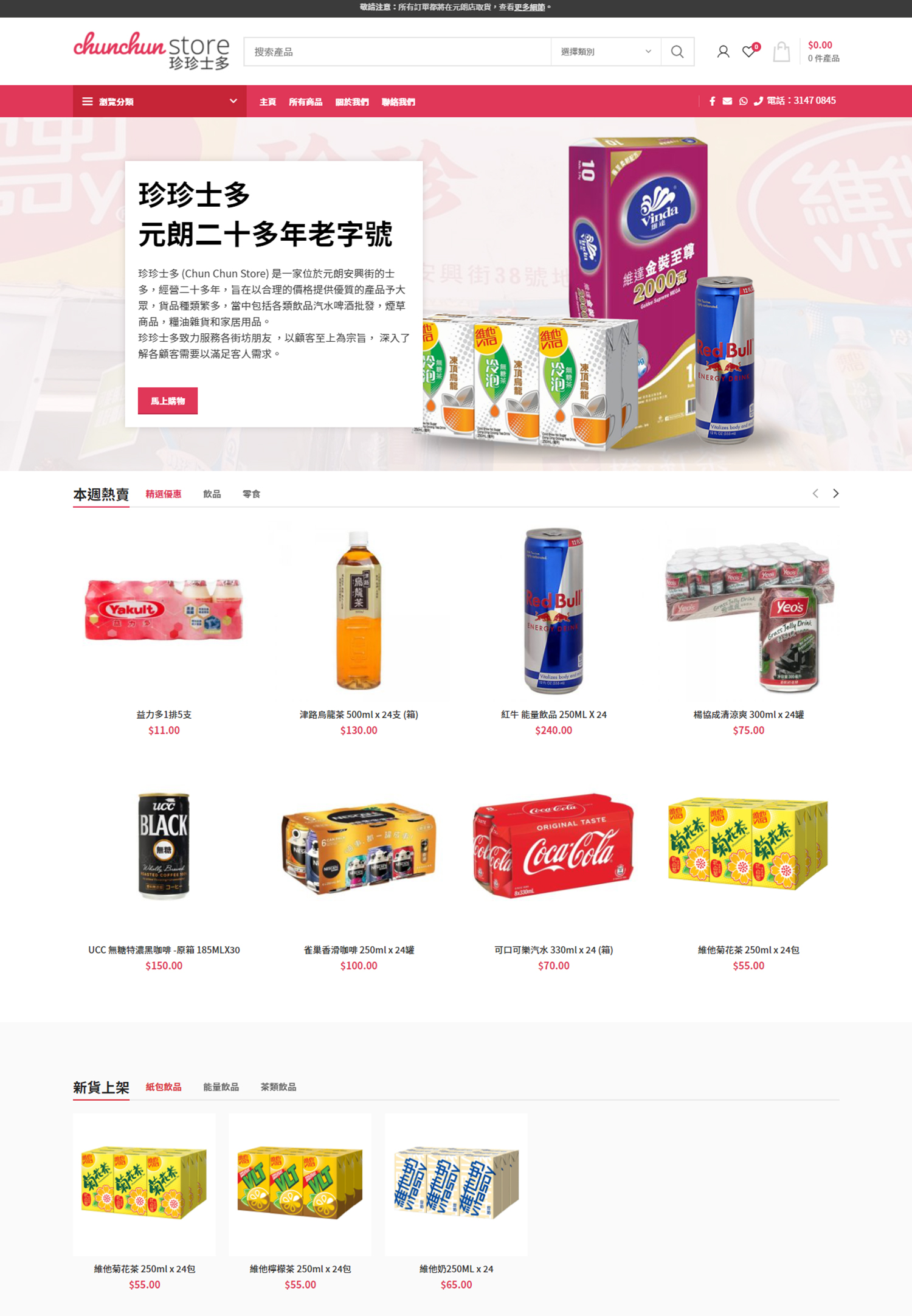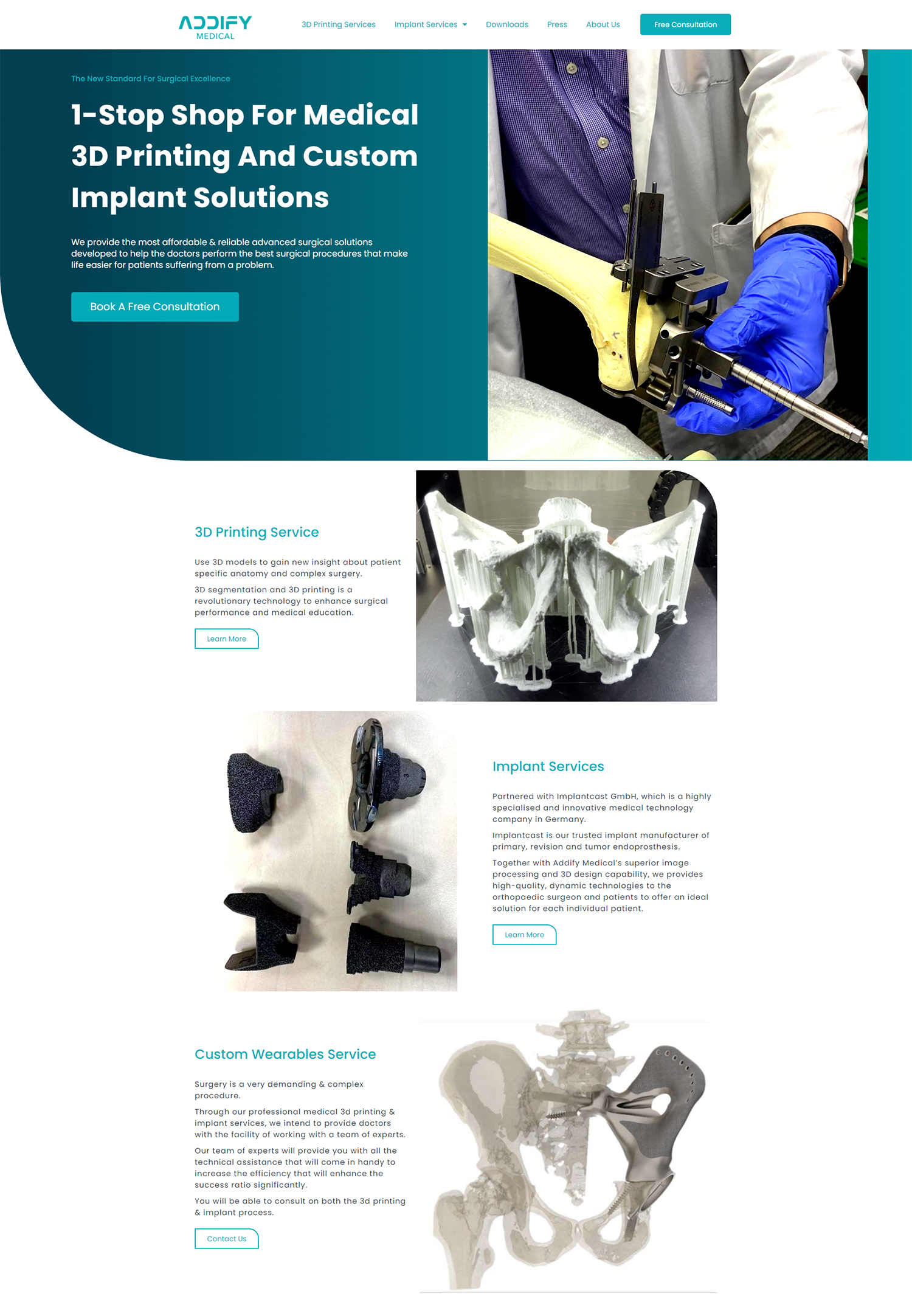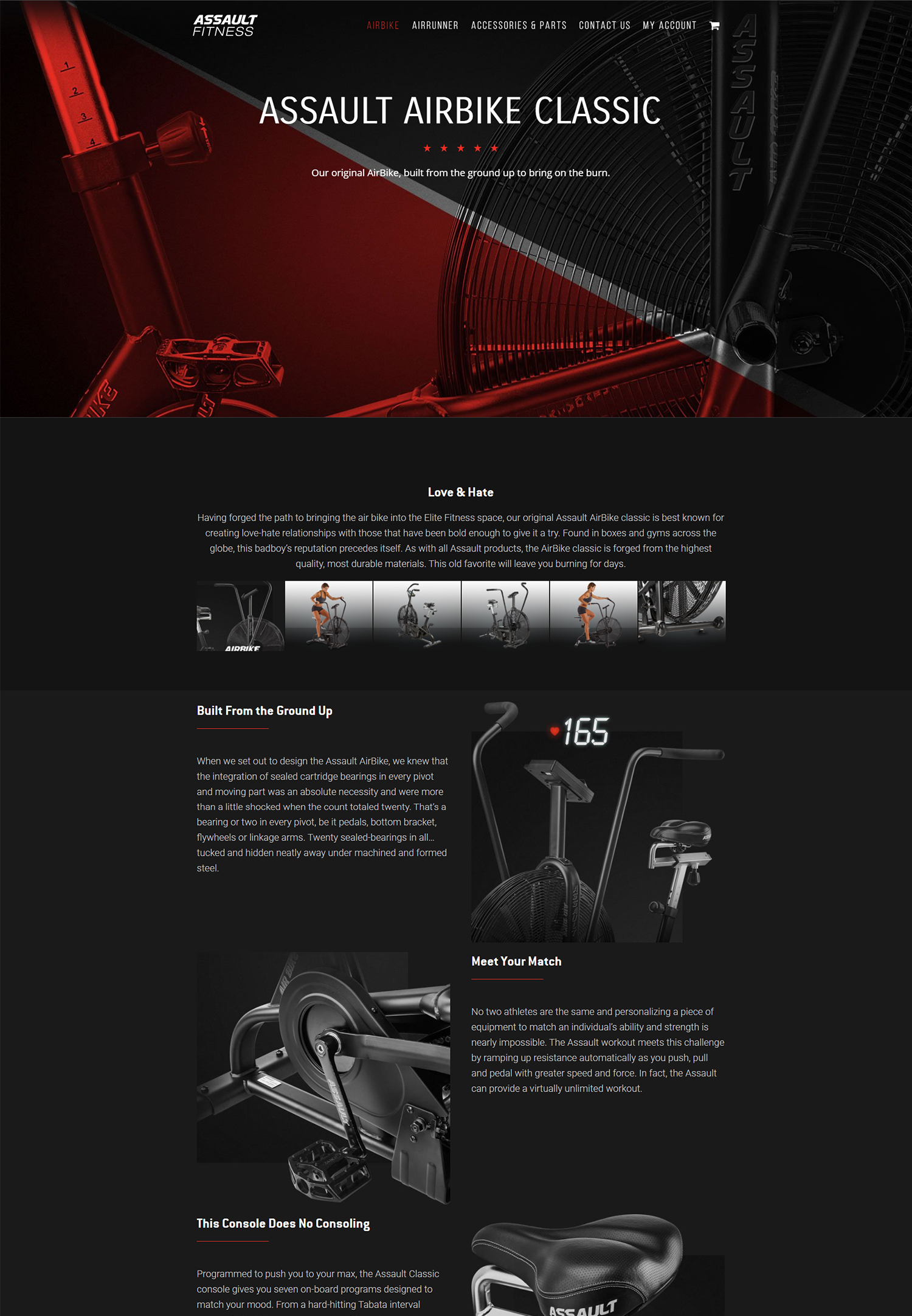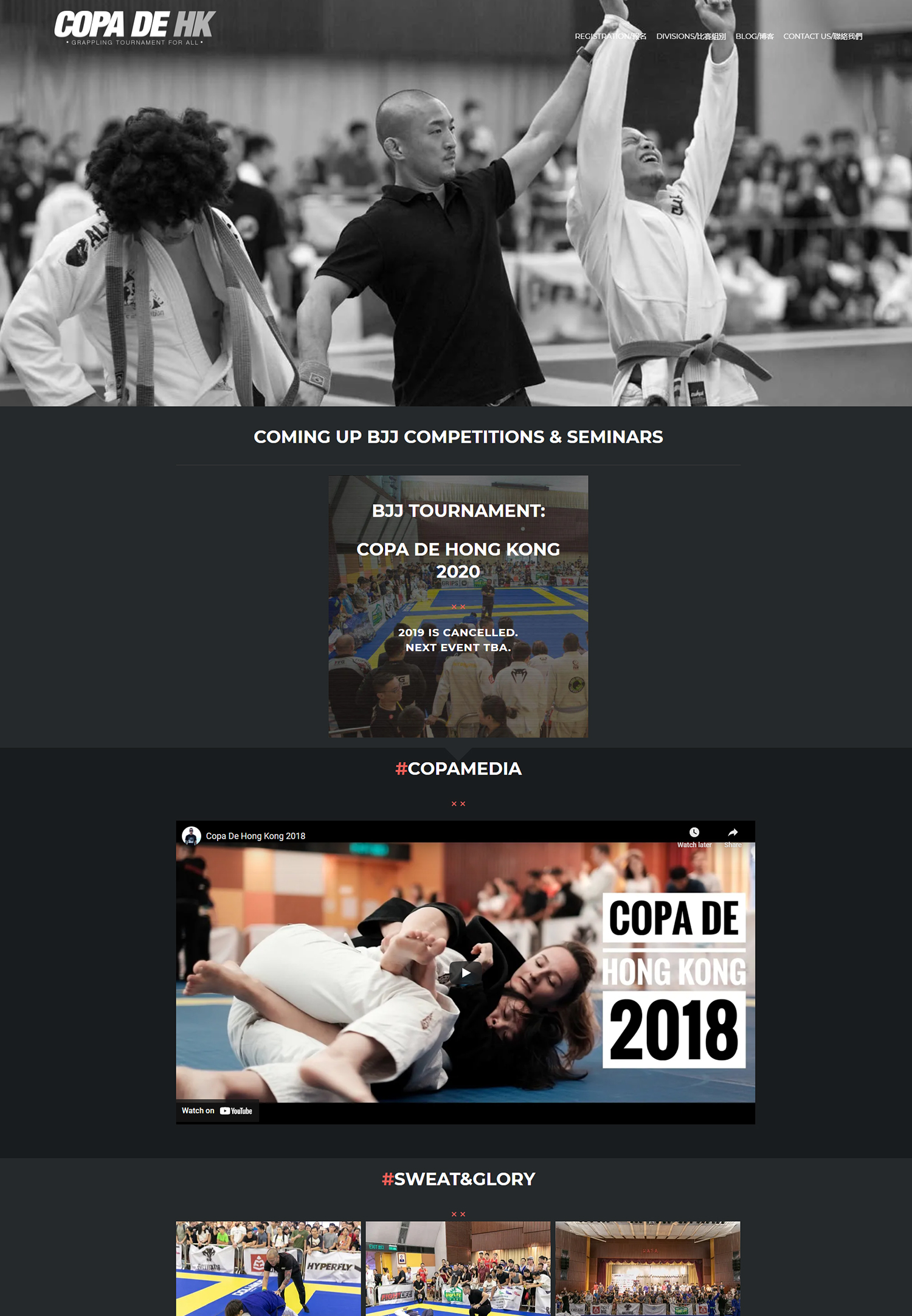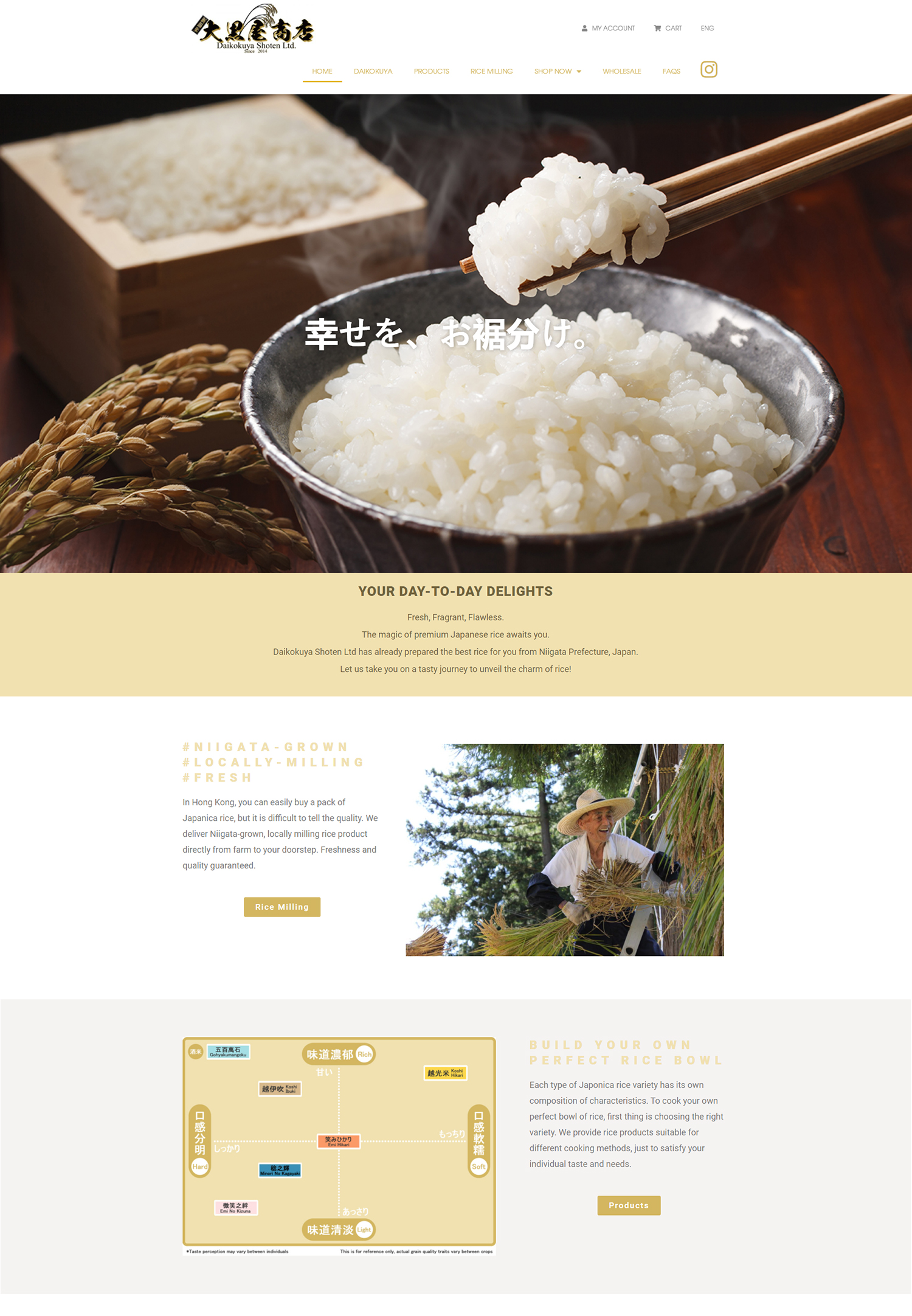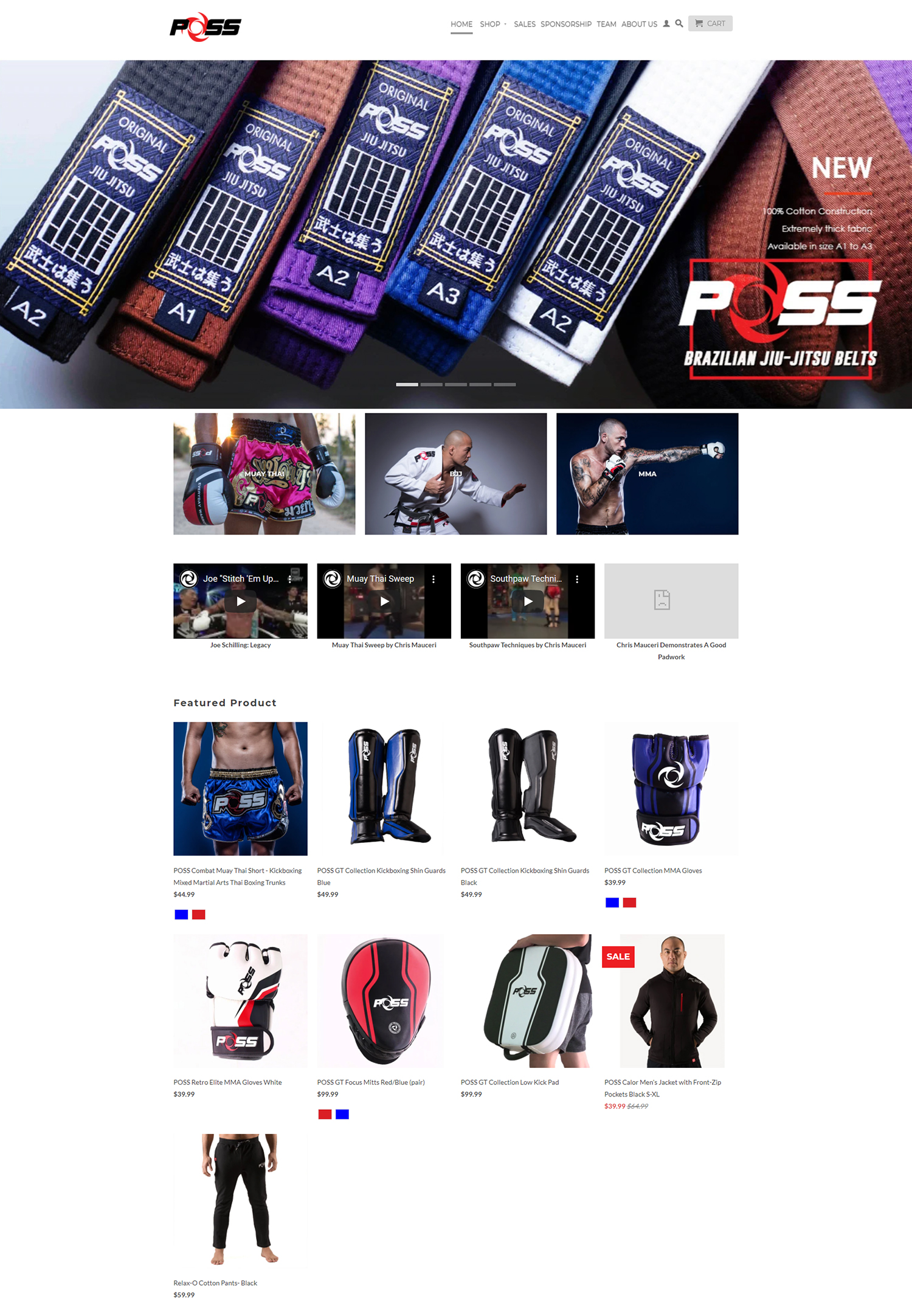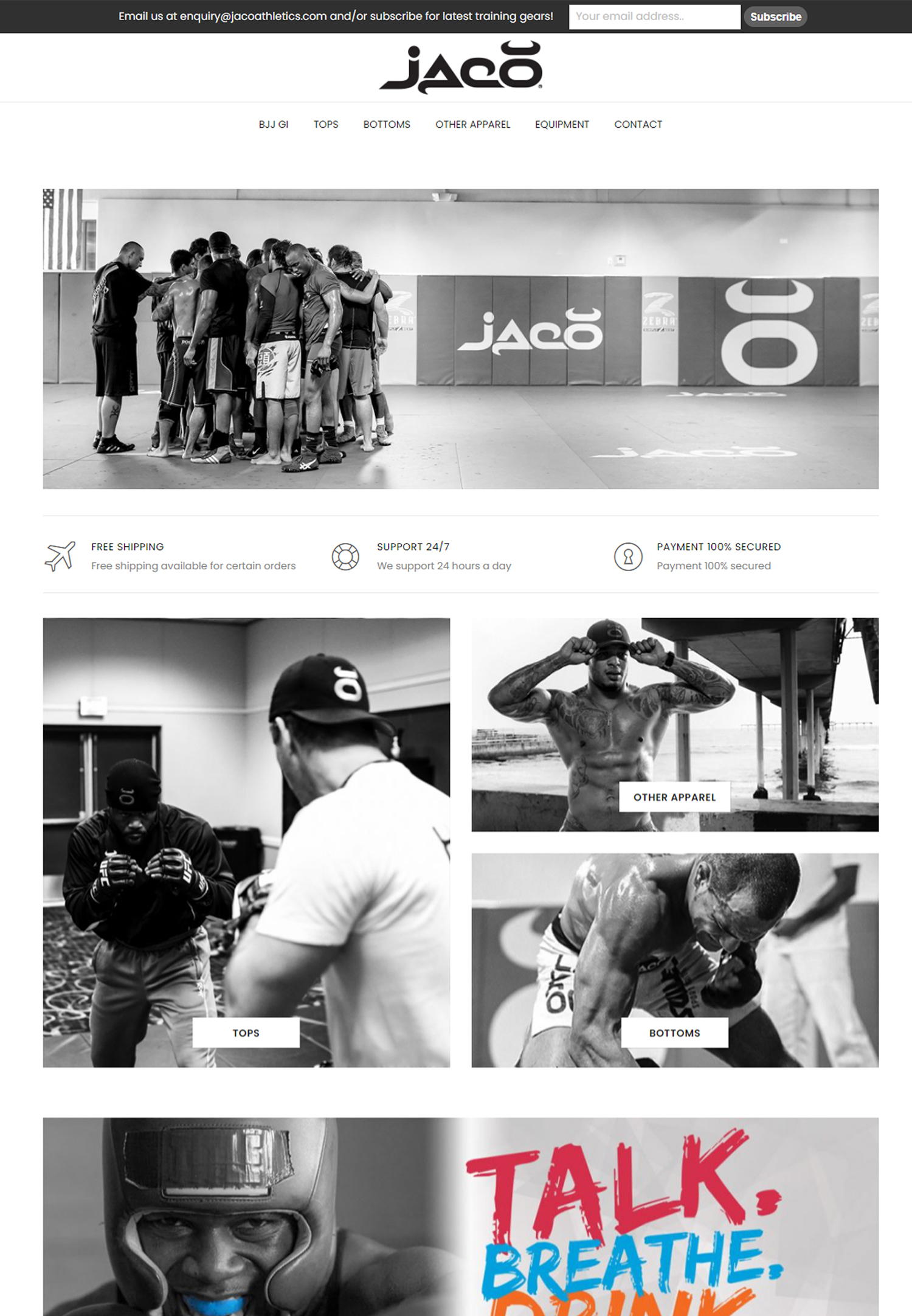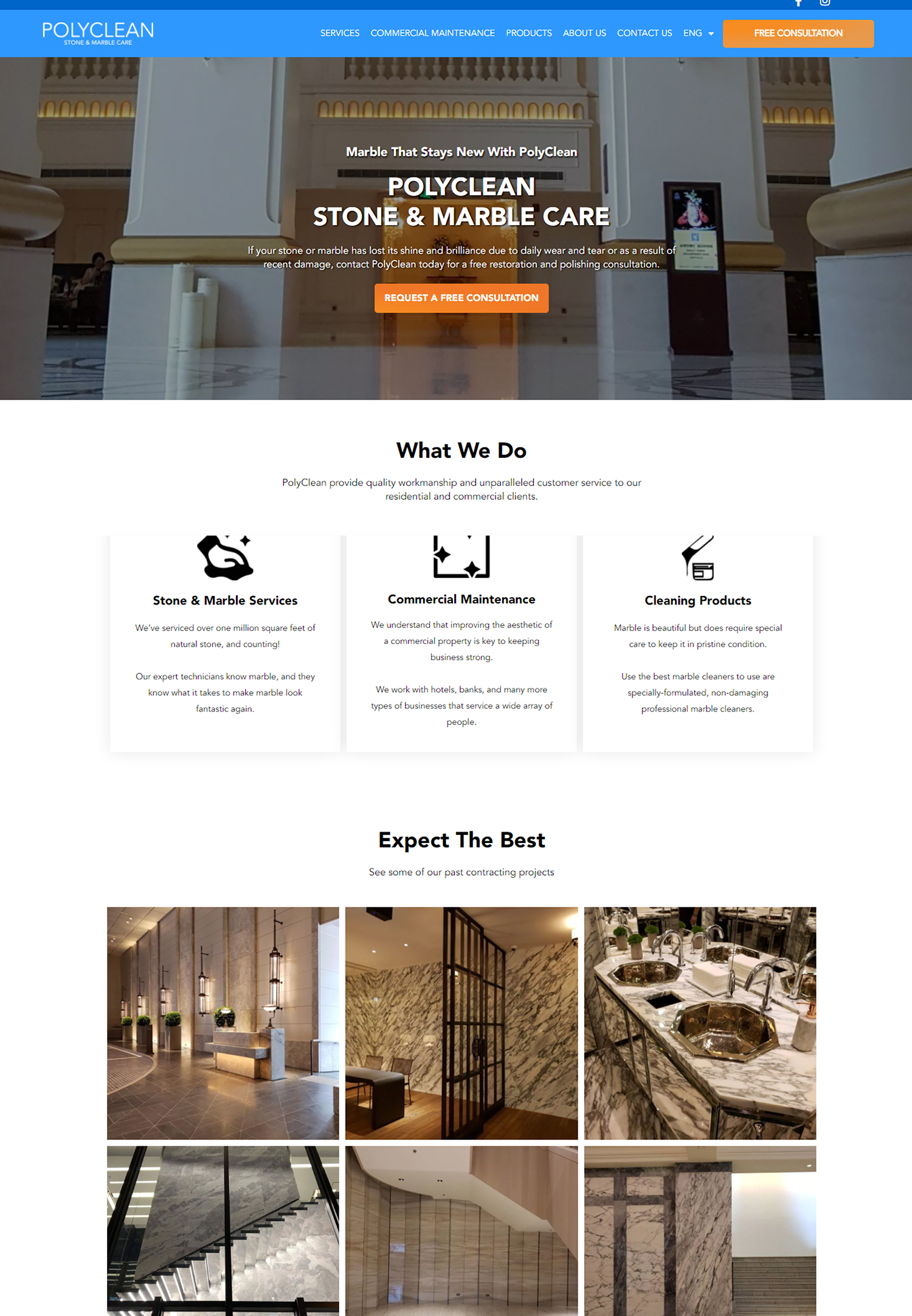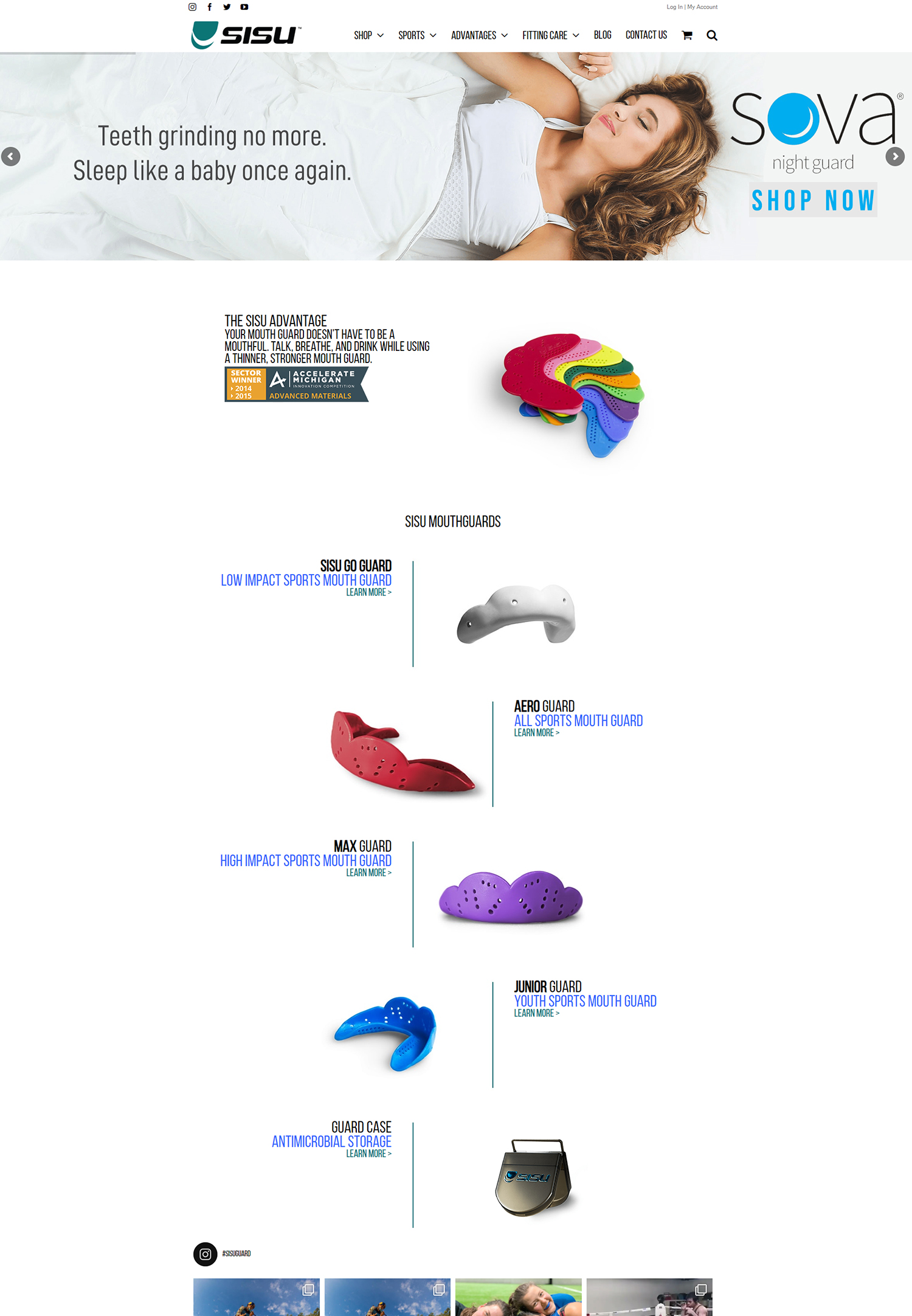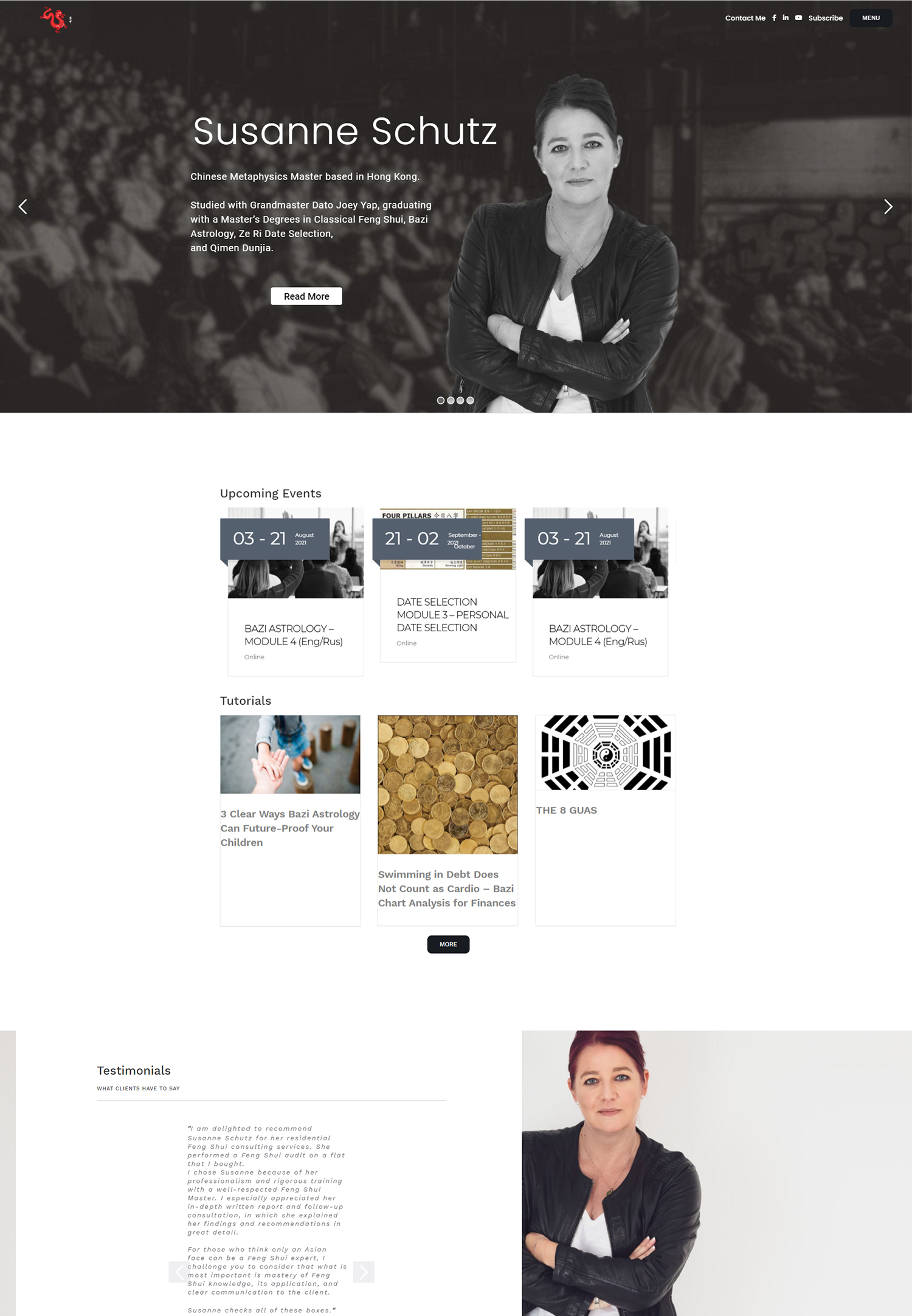In the digital landscape, where attention spans are fleeting and competition is fierce, the speed of our landing pages has become a critical factor in determining the success of our online endeavors. As we navigate through the intricacies of web design and user experience, we must recognize that landing page speed is not merely a technical detail; it is a vital component that can significantly influence user behavior and overall site performance. When we think about landing pages, we often focus on aesthetics, content, and calls to action, but we must also prioritize how quickly these pages load.
The importance of landing page speed cannot be overstated. Research indicates that users expect web pages to load in two seconds or less, and any delay beyond that can lead to frustration and abandonment. As we delve deeper into this topic, we will explore how landing page speed affects bounce rates, conversions, and ultimately, the success of our online strategies.
By understanding the nuances of landing page speed, we can make informed decisions that enhance user experience and drive better results for our businesses.
Key Takeaways
- Landing page speed refers to the time it takes for a landing page to load and display its content to visitors.
- Slow landing page speed can significantly increase bounce rate, leading to a negative impact on user experience and SEO rankings.
- Faster landing page speed has been shown to positively impact conversions, as users are more likely to engage with and complete desired actions on a fast-loading page.
- Factors affecting landing page speed include server response time, page size, image optimization, and the use of third-party scripts.
- Strategies for improving landing page speed include optimizing images, leveraging browser caching, minimizing HTTP requests, and using content delivery networks (CDNs).
The Impact of Landing Page Speed on Bounce Rate
When we consider the relationship between landing page speed and bounce rate, it becomes clear that speed plays a pivotal role in retaining visitors. A bounce occurs when a user leaves a site after viewing only one page, often due to slow loading times. If our landing pages take too long to load, we risk losing potential customers before they even have a chance to engage with our content.
Studies have shown that even a one-second delay in loading time can increase bounce rates by up to 32%. This statistic serves as a stark reminder of the importance of optimizing our landing pages for speed. Moreover, the impact of landing page speed on bounce rates extends beyond mere numbers; it reflects the overall user experience we provide.
When users encounter a slow-loading page, they may perceive our brand as unprofessional or unreliable. In contrast, a fast-loading page creates a sense of efficiency and trustworthiness. As we strive to create an engaging online presence, we must recognize that every second counts.
By prioritizing speed, we can significantly reduce bounce rates and encourage users to explore our offerings further.
The Relationship Between Landing Page Speed and Conversions
As we shift our focus from bounce rates to conversions, it becomes evident that landing page speed is intricately linked to our ability to turn visitors into customers. Conversions can take many forms, from completing a purchase to signing up for a newsletter or filling out a contact form. Regardless of the desired action, the speed at which our landing pages load can directly influence whether users follow through with these actions.
Research has shown that faster loading times correlate with higher conversion rates. For instance, companies that have optimized their landing pages for speed have reported conversion rate increases of up to 20%. This improvement can be attributed to several factors, including reduced frustration among users and an enhanced overall experience.
When users encounter a seamless and efficient process, they are more likely to trust our brand and take the desired action. Therefore, as we work to improve our conversion rates, we must not overlook the critical role that landing page speed plays in this equation.
Factors Affecting Landing Page Speed
Understanding the various factors that affect landing page speed is essential for us as we seek to optimize our websites. Several elements contribute to how quickly a page loads, including image sizes, server response times, and the complexity of code. Large images can significantly slow down loading times if they are not properly optimized for the web.
We should ensure that images are compressed without sacrificing quality, allowing for faster loading while maintaining visual appeal. Additionally, server response times can vary based on hosting providers and server configurations. A slow server can lead to delays in loading pages, regardless of how well-optimized our content is.
We must also consider the impact of third-party scripts and plugins, which can add additional load time if not managed effectively. By identifying and addressing these factors, we can take proactive steps toward improving our landing page speed and enhancing user experience.
Strategies for Improving Landing Page Speed
To enhance landing page speed effectively, we can implement several strategies that address the various factors influencing load times. One of the most effective methods is to optimize images by compressing them and using appropriate file formats such as JPEG or WebP for photographs and PNG for graphics with transparency. This simple step can lead to significant improvements in loading times without compromising visual quality.
Another strategy involves leveraging browser caching, which allows frequently accessed resources to be stored locally on users’ devices. By enabling caching, we can reduce the need for repeated downloads of static assets, resulting in faster load times for returning visitors. Additionally, minimizing HTTP requests by combining CSS and JavaScript files can streamline the loading process further.
As we explore these strategies, it is essential to monitor their effectiveness through testing and analytics to ensure that our efforts yield tangible results.
Case Studies: How Landing Page Speed Affects Bounce Rate and Conversions
Examining real-world case studies provides valuable insights into how landing page speed impacts bounce rates and conversions. For instance, one well-known e-commerce retailer discovered that by reducing their landing page load time from four seconds to two seconds, they experienced a remarkable 15% increase in conversions. This case highlights the direct correlation between speed and user engagement; as the retailer improved their loading times, they also enhanced the overall shopping experience for their customers.
Another compelling example comes from a travel booking website that implemented various optimization techniques to improve their landing page speed. After reducing their load time by just one second, they observed a 20% decrease in bounce rates and a corresponding increase in bookings. These case studies underscore the importance of prioritizing landing page speed as a means of driving better performance and achieving business goals.
Tools for Measuring and Monitoring Landing Page Speed
To effectively manage and improve our landing page speed, we must utilize tools designed for measuring and monitoring performance. Several platforms offer valuable insights into loading times and provide recommendations for optimization. Google PageSpeed Insights is one such tool that analyzes web pages and offers suggestions for improving speed based on best practices.
Another useful resource is GTmetrix, which provides detailed reports on various performance metrics, including load times, page size, and the number of requests made during loading. By leveraging these tools, we can gain a comprehensive understanding of our landing page performance and identify areas for improvement. Regular monitoring allows us to stay proactive in addressing any issues that may arise over time.
The Importance of Optimizing Landing Page Speed for Better Performance
In conclusion, optimizing landing page speed is not just a technical necessity; it is a fundamental aspect of creating a positive user experience that drives engagement and conversions. As we have explored throughout this article, the impact of landing page speed on bounce rates and conversions is profound. By prioritizing speed in our web design strategies, we can significantly enhance user satisfaction and foster trust in our brand.
As we move forward in an increasingly competitive digital landscape, let us commit to making landing page speed a top priority in our optimization efforts. By implementing effective strategies, utilizing measurement tools, and learning from real-world case studies, we can create faster-loading pages that not only retain visitors but also convert them into loyal customers. Ultimately, investing in landing page speed is an investment in our online success—one that will yield significant returns in terms of user engagement and business growth.






